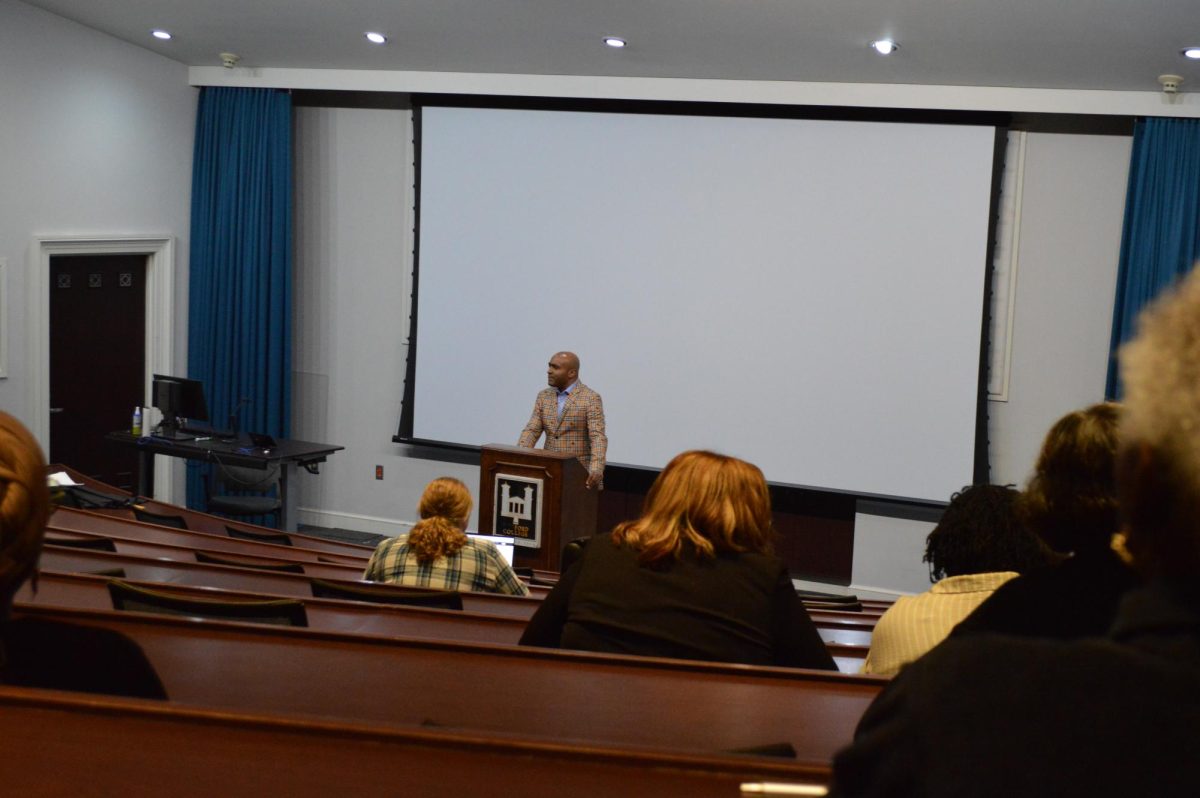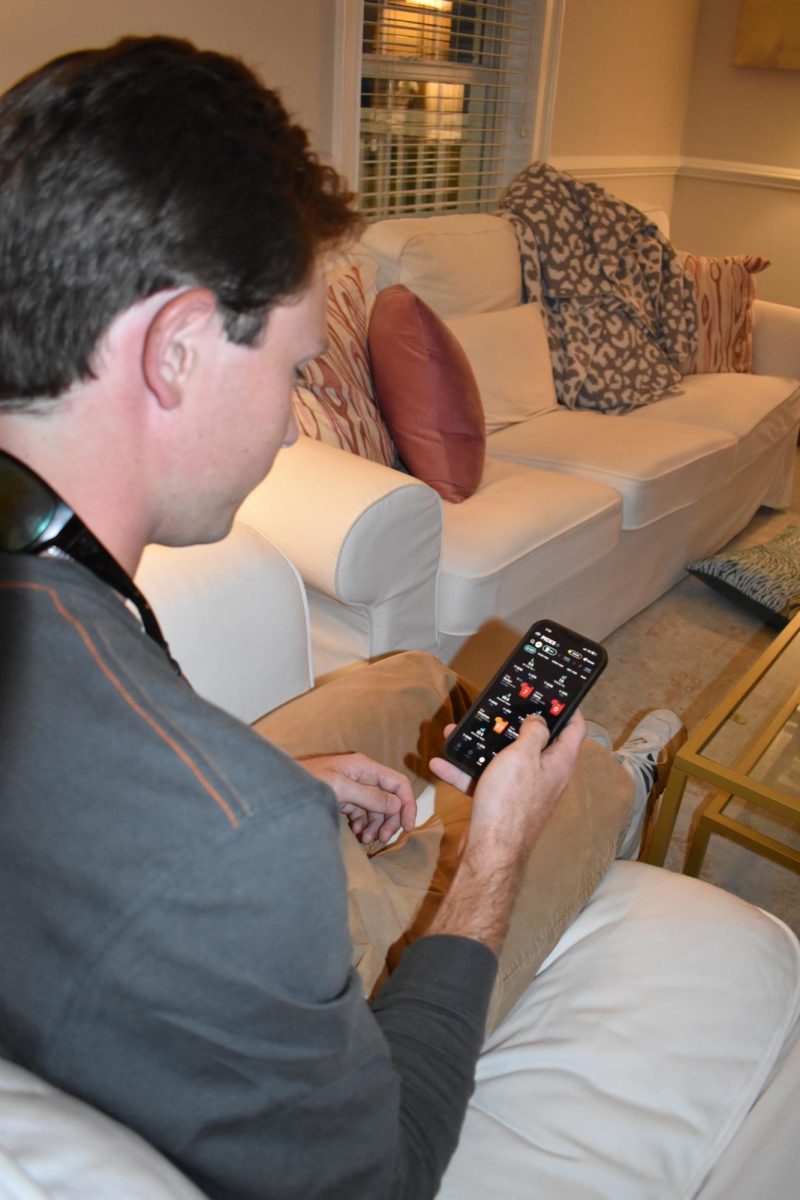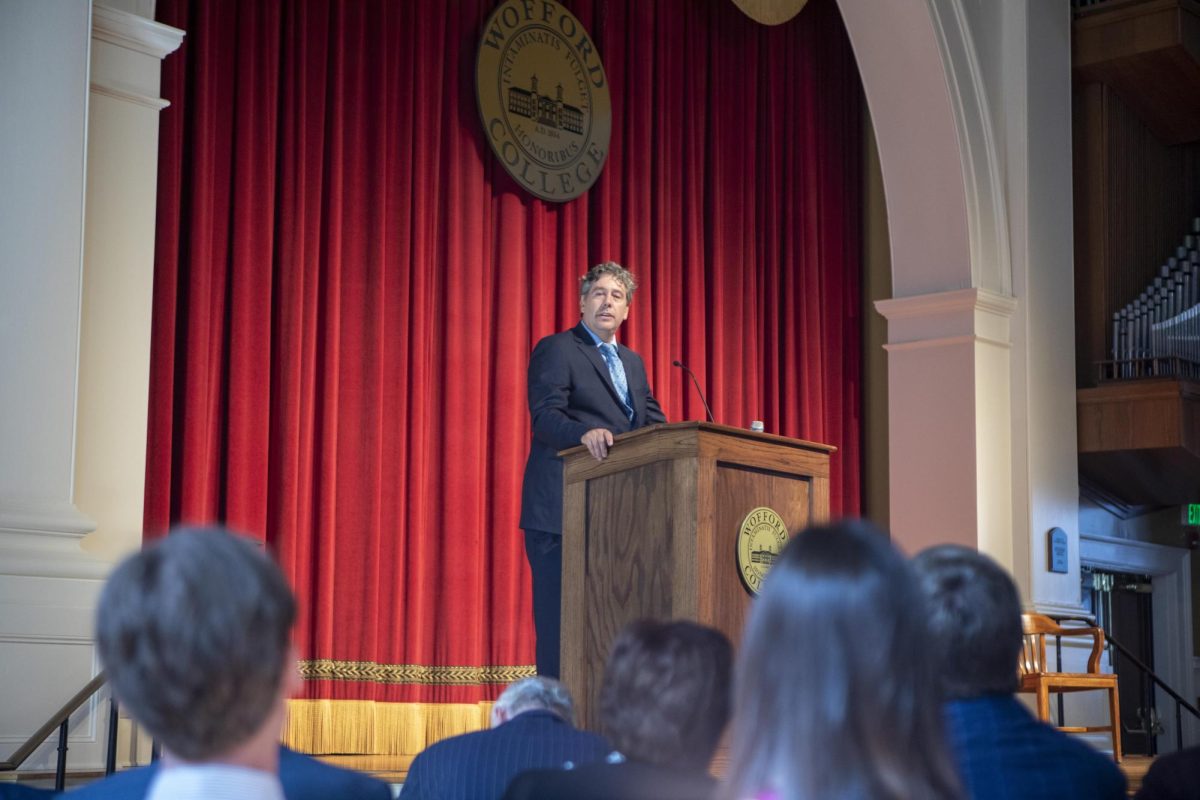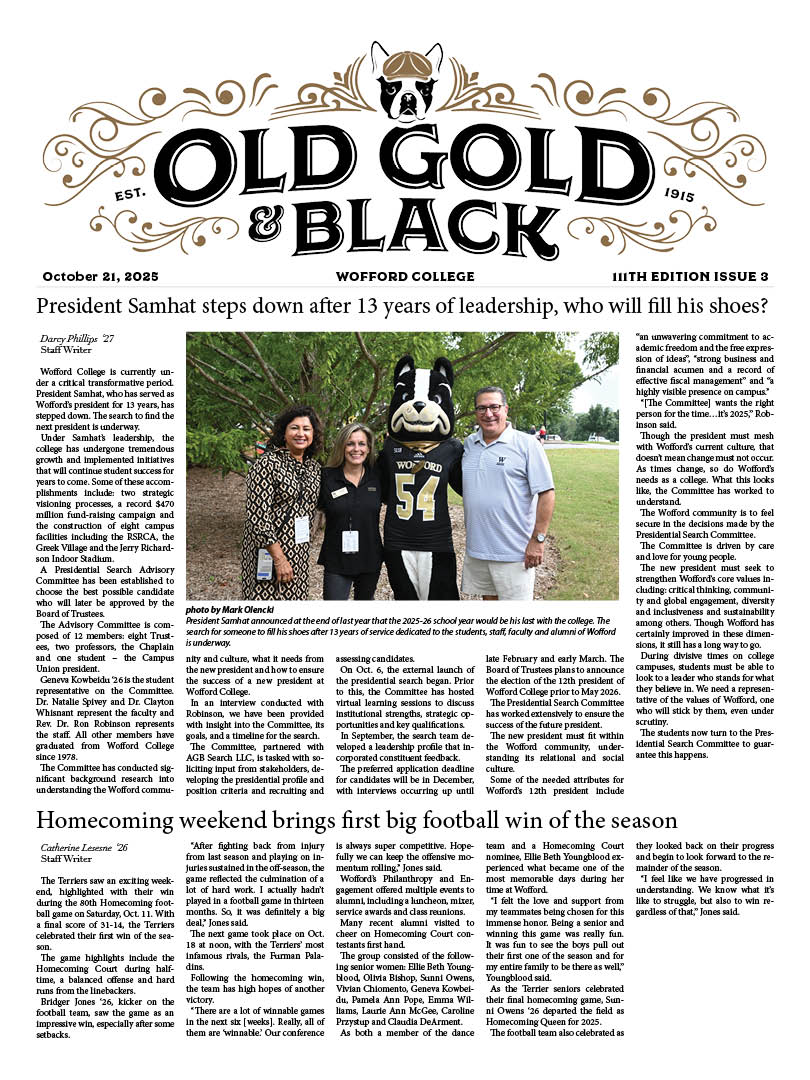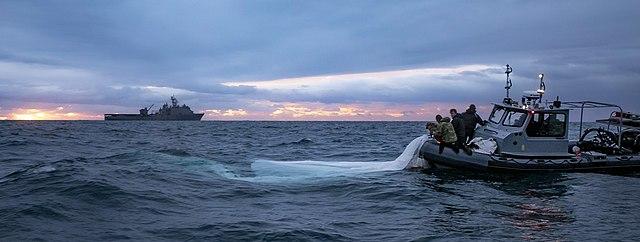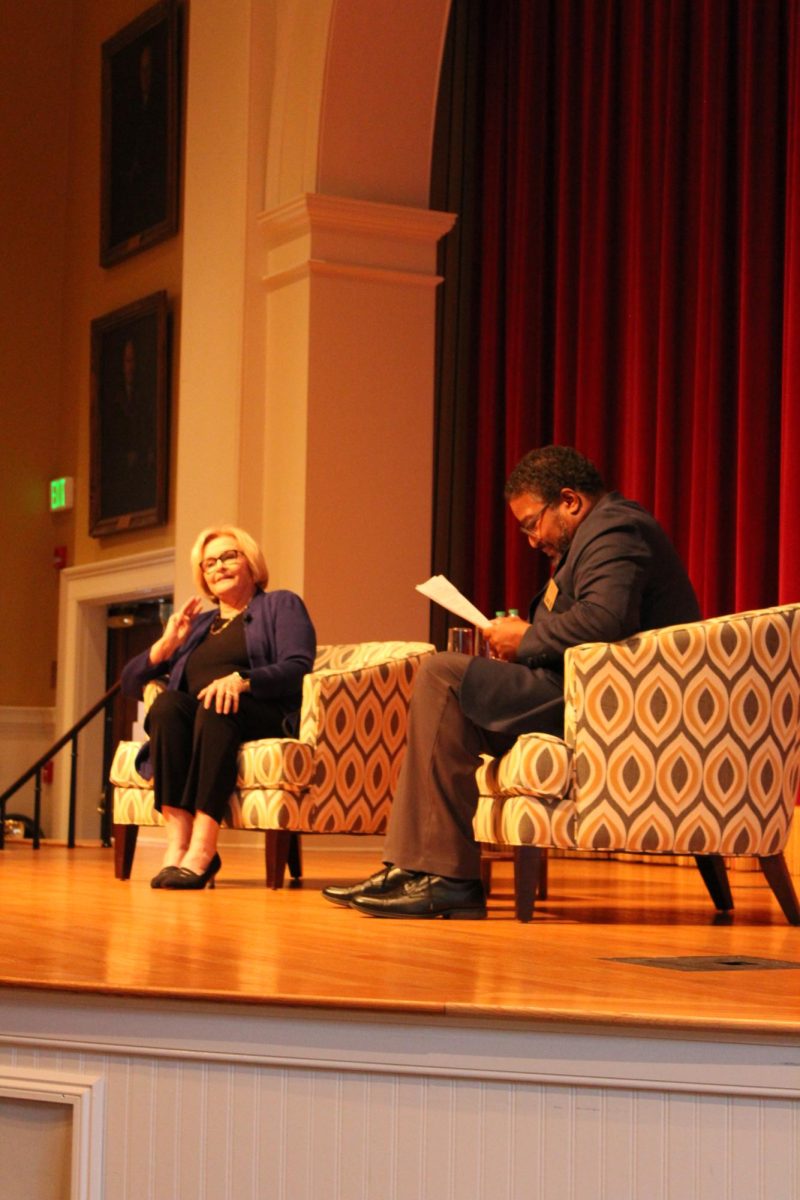On Jan. 28, a large balloon from China entered U.S. airspace in Alaska before drifting southeast over the country. On Feb. 4, President Biden ordered the balloon to be shot down off the South Carolina coast.
The U.S. government claimed it was a spy balloon attempting to gather national security secrets, as it flew over Montana, where nuclear silos are located, according to an AP article titled “Pentagon: Chinese spy balloon spotted over Western US.”
The Chinese government claimed that the aircraft was a civilian weather balloon that had flown off course.
“The threat from Communist China is the greatest national security challenge facing America today,” Van Hipp of the Hipp Center for National Security and Foreign Policy said. “What transpired should be a wake-up call for every American citizen.”
Rachel Vanderhill, chair of the government and international affairs department, said there are many unanswered questions about the incident.
“We know (the balloon is China’s). That’s very clear, but we actually don’t know why they did it,” Vanderhill said.
William DeMars, professor of government and international affairs, believes the balloon was headed towards Guam and Hawaii but was blown off course.
“It makes sense to me that the balloon would have been headed to Guam and Hawaii because they both have large U.S. military facilities,” DeMars said.
Vanderhill said that waiting to shoot down the balloon when it was no longer over land was appropriate as the debris could have “caused serious damage or injury.”
“(A shoot-down off the coast is ideal because) it’s somewhat shattered by the water but less than if it had landed on land, and it can be recovered underwater,” DeMars agreed.
DeMars also stated that if the U.S. discovers the Chinese government’s capabilities, it’s a big loss for China.
This is not the first time a Chinese surveillance balloon was reported to flow into U.S. airspace.
According to a Reuters article titled “U.S. failed to detect past Chinese spy balloons, Air Force general says,” at least three flew briefly over the U.S. during the Trump administration, and one previously flew under the Biden administration.
“The (radar) systems were generally not focused on detecting balloons,” Vanderhill said.
According to Vanderhill, this was because they were originally designed to search for incoming missiles and aircraft.
Still, DeMars says that the U.S. government was tracking the balloon from the beginning.
The Chinese government has a history of using other means to spy on the U.S. as well.
“We know that they spy via satellite . . . and they’ve been doing that for a while,” Vanderhill stated. “We also know that they engage in extensive hacking.”
Vanderhill was also quick to mention that many major countries, including the U.S., spy via satellite.
Vanderhill believes that changes in settings to U.S. radar systems have led to “several other unknown flying objects being shot down.”
As of press time, three UFOs have been shot down. According to the article, “Mystery surrounds objects shot down by US military” from BBC News, one was downed over Alaska on Feb. 10, another was struck over Canada on Feb. 11, and the most recent was shot down over Lake Huron on Feb. 12.
Whether or not the Chinese government intended for the balloon incident to have such a dramatic effect on the U.S.-Chinese relations, it has certainly damaged them, according to Vanderhill.
“There was some hope that the scheduled visit of (Secretary of State Blinken) to Beijing would be the beginning of better communication in (U.S.-China relations),” Vanderhill said.
Blinken canceled the trip in response to the incident.
“That opportunity for the improved communication between the two countries has been at least delayed, possibly even missed, depending on how things play out over the next couple of weeks,” Vanderhill said.
Well before this incident, some have been calling the tension between the United States and China the “Second Cold War.”
Vanderhill finds this term problematic due to the large differences from our current era and the Cold War.
“There was very little trade between the United States and the Soviet Union,” Vanderhill explained. “The United States and (China) are major trading partners.”
Vanderhill thinks it is more appropriate to say that the U.S. and China are in a tense, competitive period.
DeMars saw similarities between the balloon incident and the U2 incident, which was a 1960 Cold War event where the USSR shot down an American U2 spy plane in their airspace and canceled a summit in response.
However, DeMars doesn’t think the Second Cold War description is apt either because “we’re not serious yet.”
DeMars predicts Xi Jinping, China’s president, is preparing for military action.
“I sense he’s going to pull something soon,” DeMars said. He is unsure where this could occur, though.
The U.S., DeMars said, views itself as “Popeye” in foreign policy, suddenly using his strength to beat up Bluto.
“If and when we are going to have to either deter or fight China or some of both, we’re going to need to go through that process,” DeMars said.
As more questions are being answered about the balloon incident, it seems tensions between the U.S. and China are only building.
Aiden Lockhart, staff writer


